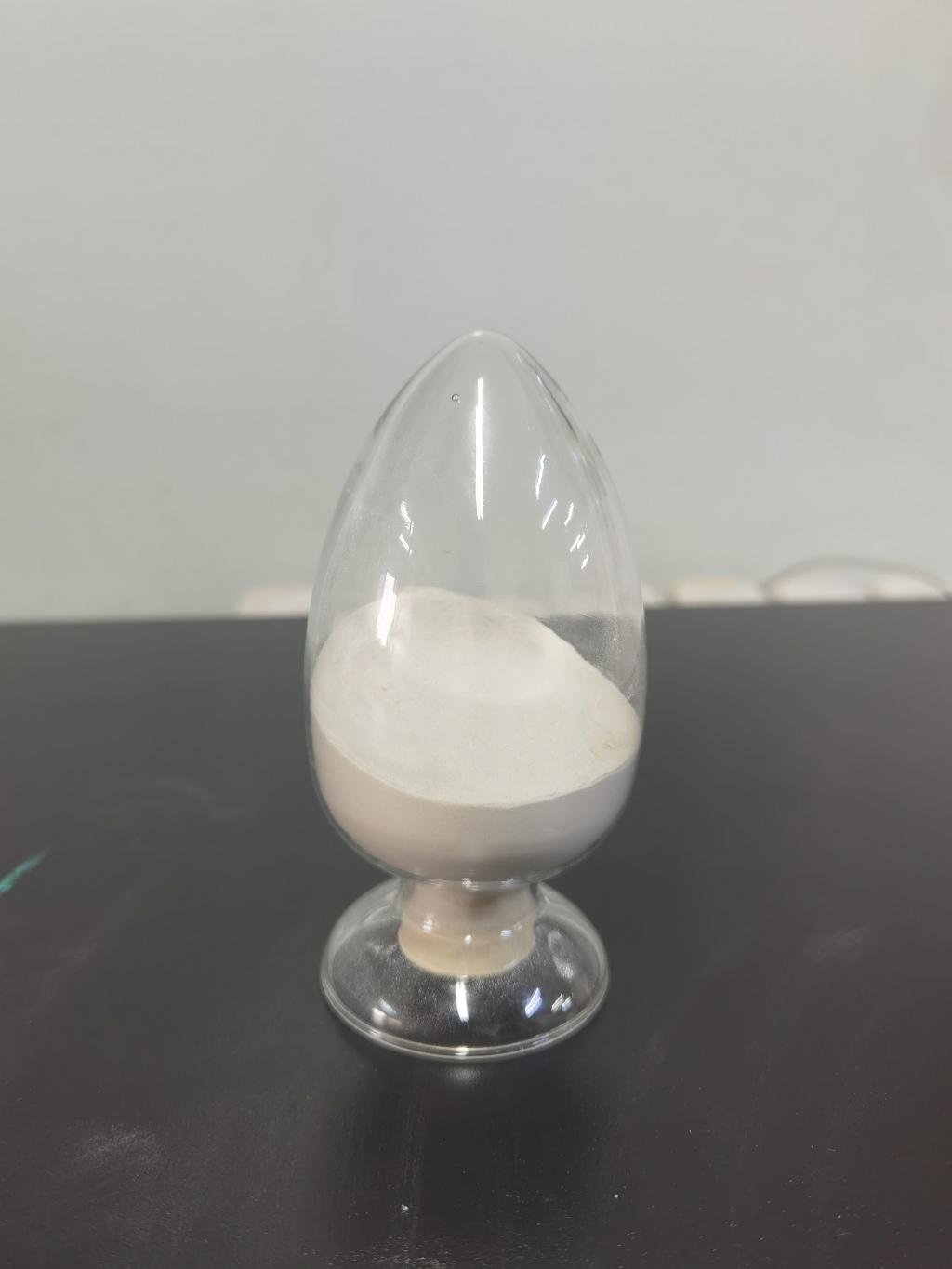Tel:0086 18231198596

News
Nisin's role in controlling Listeria monocytogenes.
TIME:2024-05-22
Listeria monocytogenes is a Gram-positive bacterium that can cause severe foodborne illnesses, particularly in vulnerable populations such as pregnant women, newborns, and immunocompromised individuals. Due to its ability to grow at refrigeration temperatures and resist various environmental stresses, L. monocytogenes poses a significant challenge to food safety and public health. In recent years, there has been growing interest in natural antimicrobial agents as alternatives to traditional chemical preservatives for controlling L. monocytogenes contamination. Among these agents, nisin has emerged as a frontrunner due to its effectiveness, safety, and natural origin.
2. Mechanisms of Action
Nisin exerts its antimicrobial activity through multiple mechanisms, making it particularly effective against L. monocytogenes:
Disruption of Cell Membrane: Nisin binds to lipid II, a precursor in bacterial cell wall synthesis, leading to pore formation and disruption of the cell membrane.
Inhibition of Protein Synthesis: Nisin inhibits protein synthesis by binding to ribosomes, disrupting translation and causing cell death.
Efflux Pump Inhibition: Nisin may interfere with bacterial efflux pumps, preventing the extrusion of antimicrobial compounds and enhancing its own efficacy.
These mechanisms collectively result in cell lysis and death, making nisin an effective bactericidal agent against L. monocytogenes.
3. Applications in Food Preservation
Nisin has been widely used in the food industry as a natural preservative to control L. monocytogenes contamination in various products, including dairy, meat, and ready-to-eat foods. Its broad-spectrum antimicrobial activity, stability, and safety profile make it an attractive option for food manufacturers seeking to enhance food safety and extend shelf life. Nisin can be incorporated directly into food formulations or applied as a surface treatment to inhibit the growth of L. monocytogenes during processing and storage.
4. Synergistic Effects
Nisin has been shown to exhibit synergistic effects with other antimicrobial agents, enhancing its efficacy against L. monocytogenes. Combinations of nisin with organic acids, chelating agents, and essential oils have been explored to overcome microbial resistance and achieve greater antimicrobial activity. These synergistic combinations offer potential strategies for controlling L. monocytogenes contamination in food products while minimizing the risk of microbial resistance.
5. Challenges and Future Directions
Despite its effectiveness, the widespread use of nisin in food preservation faces several challenges, including regulatory restrictions, consumer acceptance, and microbial resistance. Future research efforts should focus on:
Optimizing Formulations: Developing novel formulations and delivery systems to enhance the stability and efficacy of nisin in food matrices.
Understanding Mechanisms of Resistance: Investigating the mechanisms of microbial resistance to nisin and developing strategies to overcome resistance.
Exploring Novel Applications: Exploring new applications of nisin, such as biofilm control and food packaging, to enhance food safety and quality.
6. Conclusion
Nisin represents a valuable tool for controlling L. monocytogenes contamination in food products. Its multifaceted mechanisms of action, broad-spectrum efficacy, and potential synergistic effects make it a promising candidate for use in food preservation. By addressing challenges and exploring new applications, we can harness the full potential of nisin to enhance food safety and protect public health.

 CONTACT
CONTACT




